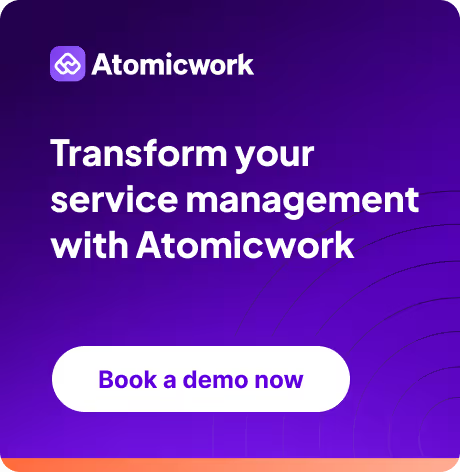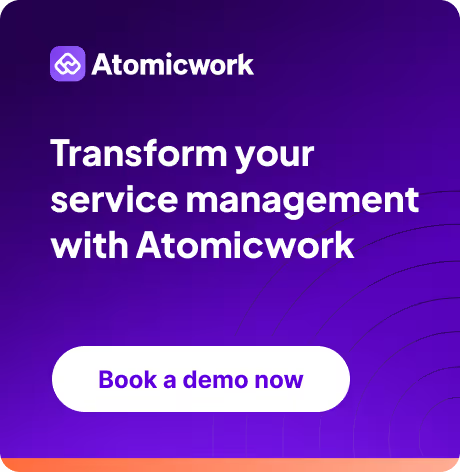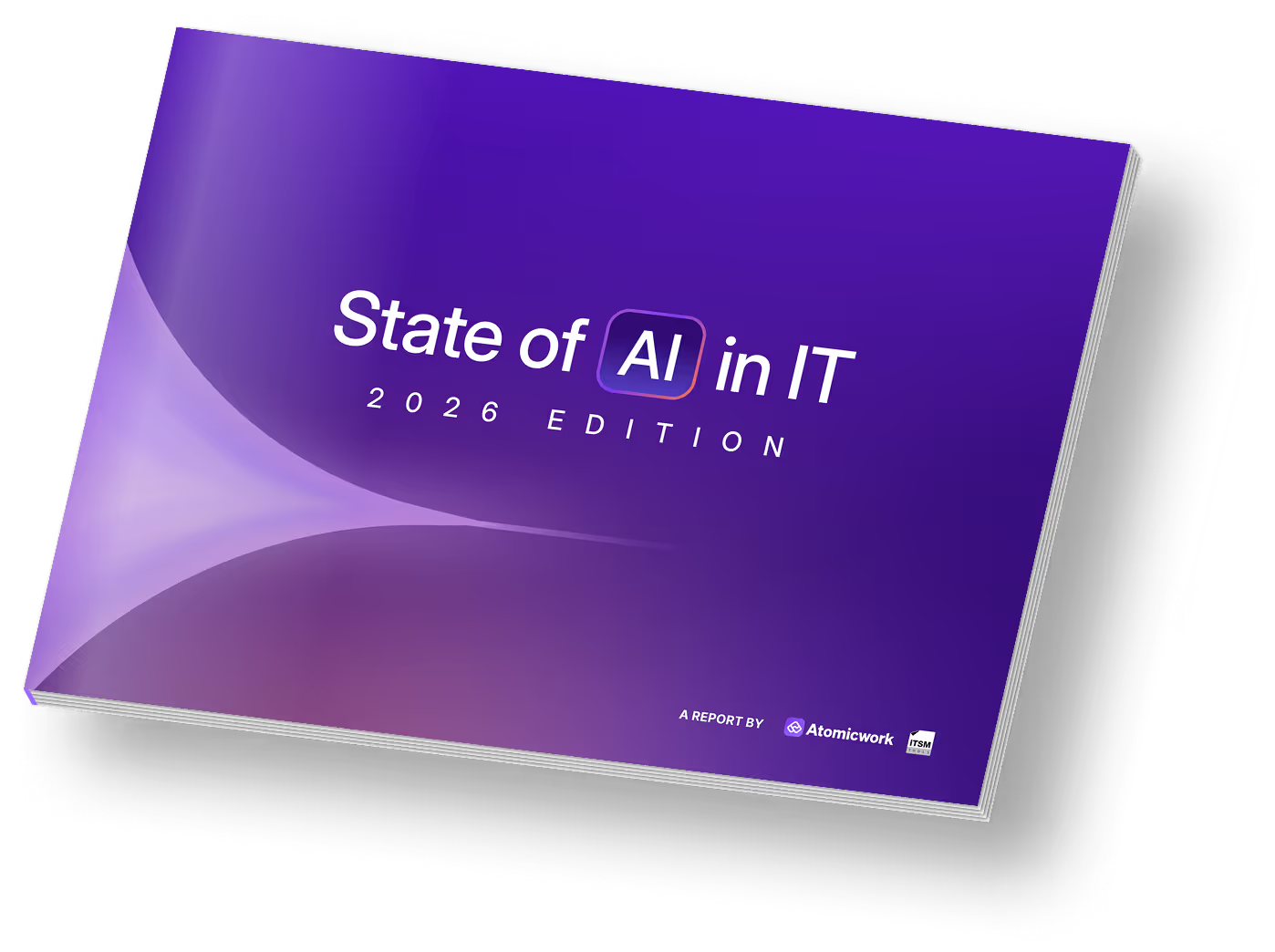How Chargebee runs a fully-fledged employee onboarding program

Chargebee is a leading subscription management platform that powers subscriptions for over 4500 businesses. And with employees working remotely from across 20 timezones, Chargebee’s employee onboarding team has their work cut out for them all year round.
From a well-planned preboarding process to a dedicated onboarding team working together with several other stakeholders across functions, their onboarding process is structured, thorough, and thoughtful.
We reached out to Banu Bhaskar, who leads Onboarding at Chargebee, to take us through the entire arrangement, and she generously agreed.
What follows is a detailed explanation of the Chargebee onboarding process and how it has evolved over time. Dive in, there are plenty of insights to unpack and ponder.
Before day one
New employee onboarding is an indispensable part of setting up a new hire for success at Chargebee.
Over the course of time, we have continuously learned the importance of having a structured onboarding process and we are committed to ensuring that our new hires are given the best attention.
Our employee onboarding encompasses all the processes and touchpoints that are designed to help new hires get aligned with their role, their teams, and the organization.
This alignment across all 3 levels is critical to their success and in turn our success as a company.
Once they step in, we want to ensure that we give them the utmost clarity about their role, the organization, and their 30, 60, and 90-day plans.
About 10 days before a new employee joins the company, the onboarding team gets the back-end work done on the Human Capital Management (HCM) software with inputs from the recruitment team.
We give the new hire a welcome call, explaining to them what they can expect on day one. We also send them the invites for all the onboarding events for day one along with an email outlining the entire plan and checklist.
Culture sessions, fresher bootcamps, and more

- On the first day, the new hires start with the IT onboarding session followed by the Induction and Ops sessions, which give them an overview of our Vision, Mission, Values, work culture, benefits, and policies. Post that, they have a Security Awareness session, and a Functional onboarding session with their respective reporting managers.
- The functional managers have 30, 60, and 90-day plans for their new team members. The training period varies depending on the team and experience level. Overall, new employees are up to speed ideally between 30 to 60 days.
- The enablement teams play a key role in onboarding a new hire and take over after the onboarding team’s activities. They use our Learning management system (LMS) to train them on all the aspects of their job, using a learning plan that’s customized for the individual employee’s experience and expertise level.
- The onboarding team also shares a recording of a welcome address by our co-founder and CEO, Krish Subramanian, followed by a virtual live FAQ meeting with him.
- Another important part of our onboarding process is our Cultural Intelligence session, conducted by the L&D team. Since we have a global team, this training helps people to grow their awareness and work effectively across different cultures. Sessions like Cultural Intelligence and PoSH are mandatory for all new hires to attend. And instead of overwhelming them with all the sessions on the very first day or week, we spread them across a longer time frame.
We also organize Interns' Bootcamps; a robust eight-week program for students joining us during their last semesters of college.
- They join us as interns and get converted to full-time employees by the end of the semester.
- A month before the bootcamp, we have a preboarding stage where we give them access to Udemy, and assign a 50-to-60-hour learning playlist to them. So, by the time they join us for the bootcamp, they’re already familiar with certain technical subjects.
- The bootcamp consists of Meet and Greet Sessions with Leaders from different functions, Campus to Corporate program, Introduction to DEIB, Psychological Safety, Product Training, and Technical Training Sessions.
- Post these, they do ‘live projects’ with the help of mentors and after completion of their projects they are assigned to teams based on their strengths and skill set.
- The onboarding team works with the Engineering leaders, Technical project managers, Mentors, and the PSBPs to deliver a great experience to the interns.
We conduct onboarding surveys at regular intervals and use that feedback to keep refining the process.
- We do these surveys to get a sense of how the new employees feel about the onboarding process, whether they had a successful onboarding, or if there was something that could have been done differently.
Strategy, operations, people
If a company is looking to set up or improve its onboarding process, the first thing that comes into play is the process.
Look at your onboarding process in this order – strategy, operations, and people.
Strategy is about how you are approaching onboarding and what you want to accomplish with it. The company needs to define that first.
Operations are about the processes that you are going to use to execute that strategy and achieve those results. And the kind of software you want to use becomes a critical part of this stage.
For example, earlier, as the size of the company grew, we wanted to replace spreadsheets with a systemic solution to manage onboarding data. So we got an HCM solution to help us with that and smooth out the backend process.
Now when a new hire joins, they automatically get sent a checklist of all the things that they should have done as part of their onboarding. We are now able to give them that kind of clarity thanks to the software we use.
Having a well laid-out process and using the right tools will make the onboarding process a lot more effective.
For us, we have two main tools – our Human Resource Management Software (HRMS) which also doubles up as our HCM solution, and our LMS.
And finally, the people.
People who make onboarding work

Four groups of people play a major role in the onboarding process – the onboarding team, the reporting manager, the onboarding buddy, and the enablement team.
The reporting manager and the enablement team - They take care of the entire functional side of onboarding, as we discussed earlier.
The onboarding buddy - We launched the onboarding buddy program one and a half years back. It provides new employees with a reliable, motivated, single point-of-contact for their basic questions regarding their work experience at Chargebee.
The onboarding buddy system helps establish orientation as a process, rather than a single learning event.
The onboarding team - They help new hires with any questions related to the onboarding process. We serve as the bridge between the day an employee steps in and the day they get fully acclimatized to the company and their work.
The L&D function of the people success team work with the onboarding team to take care of cultural awareness sessions.
It takes a village
We want to focus more on listening to what the new hires are saying. They might not always open up in a survey.
We want to focus more on our regular check-in calls. When we have casual conversations, they’re more likely to open up and talk about the challenges they face.
We want to further refine our onboarding buddy program. It definitely is an accomplishment that we have created a streamlined buddy system. And we want to make the process even more systematic.
The onboarding and enablement teams put a lot of effort and thought into making the process more effective. We also discuss the feedback we receive with the Systems and Culture teams to make process upgrades and bridge the gaps.
There’s ample scope for collaboration in employee onboarding, and the more we work across functions and streamline our process, the better the experience for the new hires not just during their onboarding, but for the rest of their time at Chargebee.
You may also like...


































